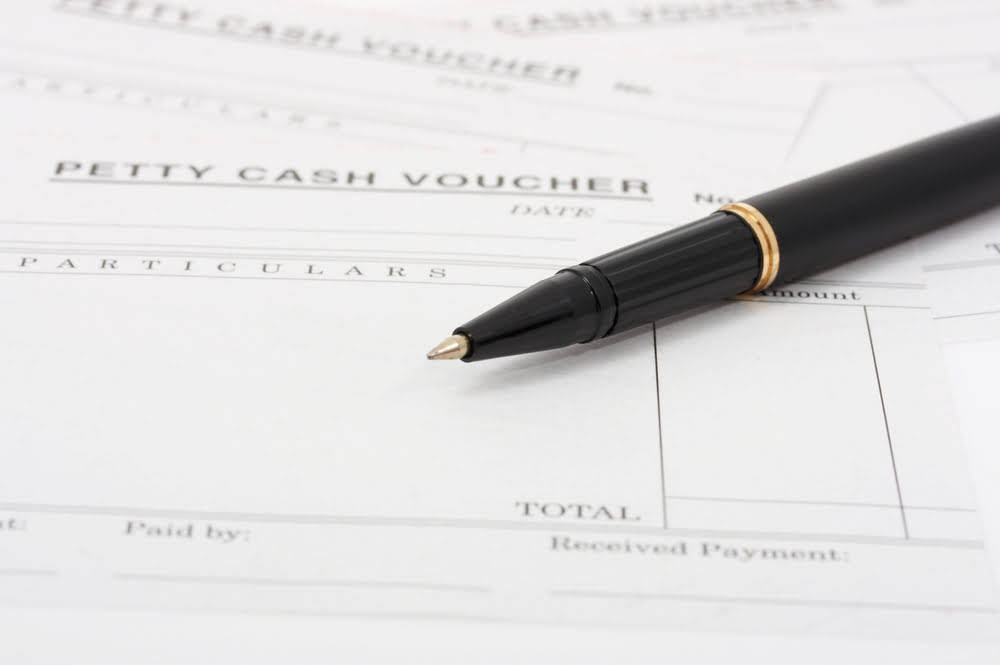
This is common with electronic equipment, also known as e-waste, which contains valuable metals that can be recovered and reused. 👉 It generates revenue from the sale, which can then be reinvested in the business. A production tool is purchased for $10,000 and must participate in the activity of the company for 10 years.

Fixed asset sale journal entry
A disposal can occur when the asset is scrapped and written off, sold for a profit to give a gain on disposal, or sold for a loss to give a loss on disposal. Regardless of method applied, the journal entry for depreciation will include a debit to depreciation expense and credit to accumulated depreciation to be used in the calculation of net fixed assets. Real estate or procurement teams should notify accounting when fixed assets are purchased. Management and accounting personnel that oversee financial reporting should set expectations for capitalization policies, determining an asset’s useful life, and the appropriate method of depreciation. Operations teams must notify accounting of any material changes to the asset such as damages or planned improvements.
What Is the Meaning Behind Fixed Assets Disposal?
- These assets are recorded on the company’s balance sheet and are usually listed under property, plant, and equipment (PP&E) or intangible assets sections.
- Many organizations choose to present capitalized assets in various asset groups.
- Organizations must exercise judgment to determine a reasonable dollar threshold based on factors such as the size of their entity and type of operations.
- For example, on December 31, we decide to dispose of an office equipment which is a type of fixed asset on our balance sheet by selling it out for $4,500.
- The fair market value of fixed assets is recorded at their initial cost, including all expenses incurred to acquire, prepare, and bring the asset to its intended use.
- The difference between the book value of the asset and our sales proceeds is recognized as a gain.
As the reversal from the first journal entry above, both total assets and total equity decrease instead. However, this journal entry that has only two accounts (revaluation surplus and fixed asset account) is made only when the impairment loss of the fixed asset doesn’t exceed its revaluation surplus. The company can make the revaluation of fixed assets journal entry by debiting the fixed asset account and crediting the revaluation surplus account. When a business disposes of fixed assets it must remove the original cost and the accumulated depreciation to the date of disposal from the accounting records.
Gain on Disposal Journal Entry
- And, of course, don’t hesitate to reach out to us via social if you need any more help.
- In this case, we need to make the journal entry for the fixed asset disposal in order to remove the cost of the fixed asset and its related item from the balance sheet.
- It calculates depreciation as (Purchase Price – Salvage Value) / Useful Life.
- The fixed assets disposal is defined as the removal of a fixed asset from the assets of a company.
- The difference between the book value of the asset and the sale price upon disposal determines whether the company realizes a profit or incurs a loss from the transaction.
- Writing-off a fixed asset involves removing the asset from the financial books due to it no longer being useful or having any recoverable value.
Fixed assets are the property, plant, and equipment used by an organization in its operations and generation of revenue. Due to the complexity and importance of fixed asset accounting, it’s common for entities to invest in fixed asset software to save time and improve accuracy. The $3,000 loss on disposal of fixed asset in this journal entry will be charged to the income statement as an expense during the accounting period. Likewise, this journal entry will increase the total expenses on the income statement by $3,000 while decreasing the total assets by the same amount of $3,000 ($63,000 – $45,000 – $15,000). This journal entry will remove the $20,000 cost of the equipment as well as its accumulated depreciation of $16,000 from the balance sheet. And at the same time, it will recognize the $500 gain on disposal of fixed asset as the other revenues on the income statement during the accounting period.
Revaluation of fixed assets journal entry
Lending institutions and creditors would like to see that an organization is using the money they borrowed effectively and has the ability to repay debts. Investors would like to see the money they invested is being used to generate sufficient cash to receive a return on their investment. This ratio could also be helpful internally for budgeting and investment strategy. Chartered accountant Michael Brown is the founder and CEO of Double Entry Bookkeeping. He has worked as an accountant and consultant for more than 25 years and has built financial models for all types of industries. He has been the CFO or controller of both small and medium sized companies and has run small businesses of his own.

If you can sell a fixed asset, it is because it has a value that is usually not its original purchase value. Writing-off a fixed asset involves removing the asset from the financial books due to it no longer being useful or having any recoverable value. Had the fair value been $140,000 the excess of carrying amount over fair value would have been $27,648. Suppose on December 31, 2012 Axe Ltd. revalues the building again to find out that the fair value should be $160,000.
- The table may also decrease in value along the way and end up worth less than the carrying value instead of more, this is called impairment.
- This can be for a single asset purchase or a group of similar assets purchased around the same time.
- 👉 It generates revenue from the sale, which can then be reinvested in the business.
- This type of profit is usually recorded as other revenues in the income statement.
- In this journal entry, there is no impact on the total assets on the balance sheet as the fixed asset has already been fully depreciated resulting in its net book value has already become zero at the time of the disposal.
- At the time of the disposal which is on June 30, this equipment still has a net book value of $1,000 on our balance sheet.
- As CEO and Co-Founder, Mike leads FloQast’s corporate vision, strategy and execution.
Asset Disposal and Impairment
However, in practice, most accountants assume the salvage value is negligible and simply ignore it. Basically the grouping of fixed assets allows common depreciation policies to be applied. For example, computer equipment might be one grouping and the policy might be to depreciate all items in that group over 3 years. Most assets have a limited life, the exception being land, and therefore depreciate over time. Consequently an estimate of this depreciation is shown as an expense in the income statement each accounting period. Costs forming part of buildings fixed assets typically include the following.

For example, a smaller organization may have a lower threshold than a large organization, or a non-for-profit organization may want a lower threshold in order to give maximum visibility into use of funds. Many organizations have a $5,000 capitalization threshold for property, plant, and equipment, but professional https://www.bookstime.com/ judgment must be exercised on a case-by-case basis. Operating assets are those used in the daily functioning of a business and its generation of revenue, such as cash or machinery and equipment. Non-operating assets do not directly relate to operations but still contribute to revenue generation.
One method to measure how efficiently a company utilizes its fixed asset base is the fixed asset turnover ratio, which measures the efficiency at which a company can generate revenue using its PP&E. This fixed asset purchase incurring a liability journal entry is one of many examples used in double entry bookkeeping. In each case the fixed assets journal entries show the debit and credit account together with a brief narrative. In business, the company may fixed assets accounting entries decide to dispose of the fixed asset before the end of its estimated life when the fixed asset is no longer useful due to it has physically deteriorated or become obsolete. The fixed asset sale is one form of disposal that the company usually seek to use if possible. In this case, the journal entry of fixed asset sale may result with debit or credit in the income statement depending on how much the company sell the asset comparing to its net book value.
For practical reasons, it is normal to set a minimal cost below which the item is treated as an expense and charged to the profit and loss account in the year of purchase. For example, a stapler may have a life of more than one year but because of the minimal cost will be treated as an expense and not a fixed asset. In this case an asset (plant and equipment) increases representing the purchase cost of the new plant. Additionally the other side of the accounting equation shows an increase in a liability (accounts payable) to pay the supplier for the new asset in 30 days time. When a business purchases a fixed asset, it incurs a liability if it doesn’t pay for the asset outright. To illustrate, suppose you decide on a fixed assets purchase of new plant for the business of 5,000.